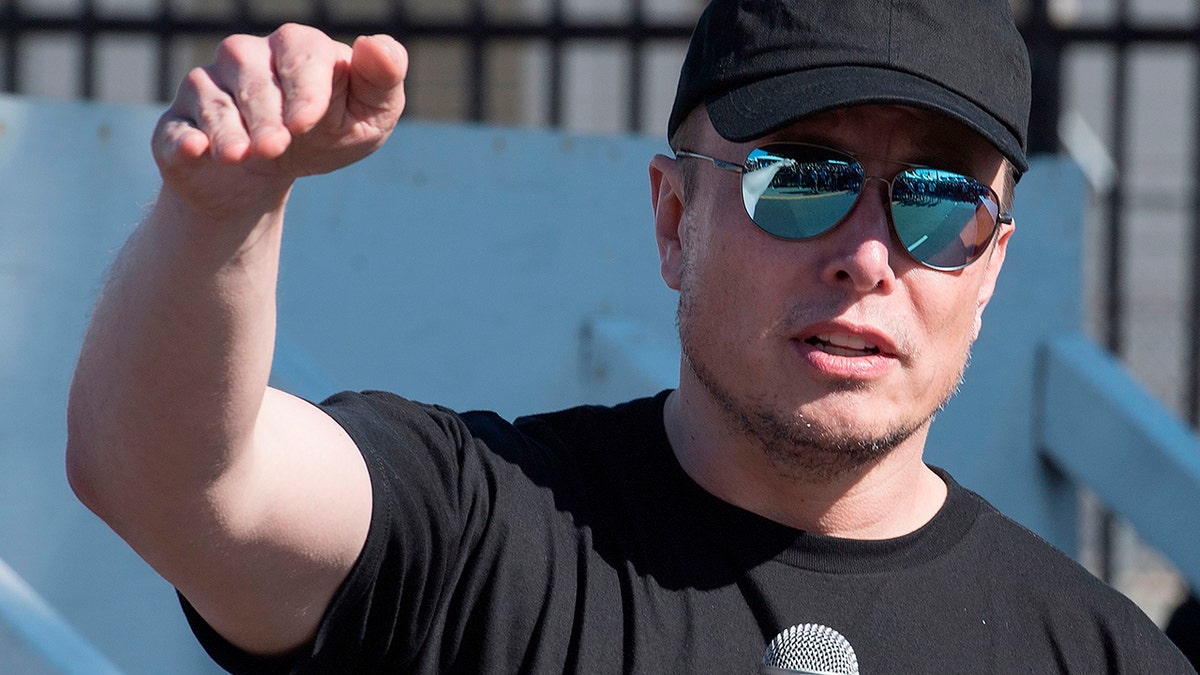
SpaceX chief Elon Musk answers questions after the 2019 SpaceX Hyperloop Pod competition at the SpaceX headquarters in Los Angeles on July 21, 2019. - (Photo by Mark RALSTON / AFP) (Photo credit should read MARK RALSTON/AFP/Getty Images)
SpaceX wants to add 30,000 Starlink broadband satellites to the 12,000 it already plans to put into orbit, despite concerns being raised about 'space junk' trapping us on Earth.
Elon Musk's company recently filed the request with the International Telecommunication Union.
Starlink is a project that intends to put over 12,000 satellites into the Earth's orbit so they can provide cheap WiFi to the entire world.
The recent request for permission could take seven years to get clearances before the specified satellites are launched.
SpaceX wouldn't have to launch all 30,000 satellites but filing for them now could stop other satellite operators going after the same slots.
The first 60 Starlink satellites were put into orbit in May and have already received criticism for being spotted in the night sky looking very bright and visible.
When spotted flying above the Netherlands, a Dutch UFO website was inundated with more than 150 reports from people thinking that they were looking at UFOs.
It is thought that the satellites appeared so bright at first because they had not had the chance to reach their intended orbit height of 340 miles above Earth.
Musk responded to concerns on Twitter and said that the satellites will be in darkness when the stars are visible so shouldn't disrupt the night sky.
The satellites are intended to be staggered at different heights above the Earth including altitudes of 340 miles and 710 miles.
The new satellite request asks for permission to have extra satellites at orbits ranging from 203 miles to 360 miles, which could boost the broadband service.
Starlink satellites have also sparked concern over increased space junk and even the European Space Agency is now worried about them disrupting its work.
Last month, the space agency tweeted: "For the first time ever, ESA has performed a 'collision avoidance maneuver' to protect one of its satellites from colliding with a 'mega constellation'#SpaceTraffic".
There have also been concerns that humanity could be trapped on Earth by too much space junk in Earth's orbit.
That's according to one space scientist, who says Musk's plan could create an impenetrable wall of space junk around our planet.
A catastrophic clutter of space debris left behind by the satellites could potentially block rockets from leaving Earth, an effect known as "Kessler syndrome."
"The worst case is: You launch all your satellites, you go bankrupt, and they all stay there," European Space Agency scientist Dr. Stijn Lemmens told Scientific American.
"Then you have thousands of new satellites without a plan of getting them out of there. And you would have a Kessler-type of syndrome."
It will take thousands of years for any SpaceX satellites left in our orbit to descend to Earth and burn up in the atmosphere.
The firm says it's already taken steps to avoid cluttering up the region. It's launching the satellites into a lower orbital plane than most space tech to avoid collisions.
Even with such precautions, mega-constellations like Starlink will results in 67,000 potential collisions per year, another space scientist warned.
Musk isn't the only tech billionaire looking to colonize space with satellites.
Amazon boss Jeff Bezos also has similar ideas.
Musk has previously said he plans to send up nearly 12,000 satellites by the mid-2020s.
If everything goes to plan for SpaceX then internet users across the world could have 40 times faster internet speeds no matter where they live.
How much this service will cost has not yet been revealed but Musk intends to keep prices low.
This story originally appeared in The Sun.